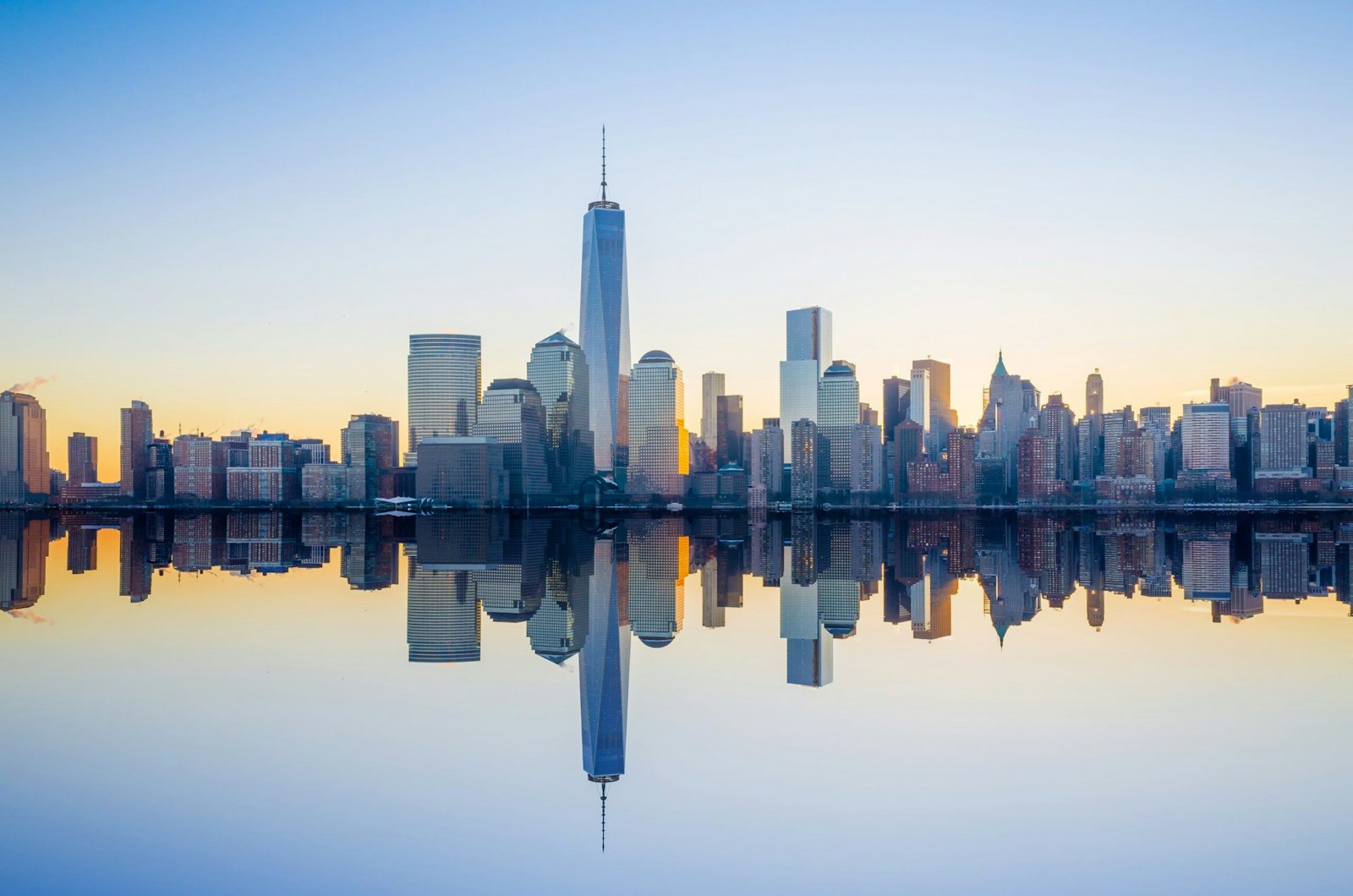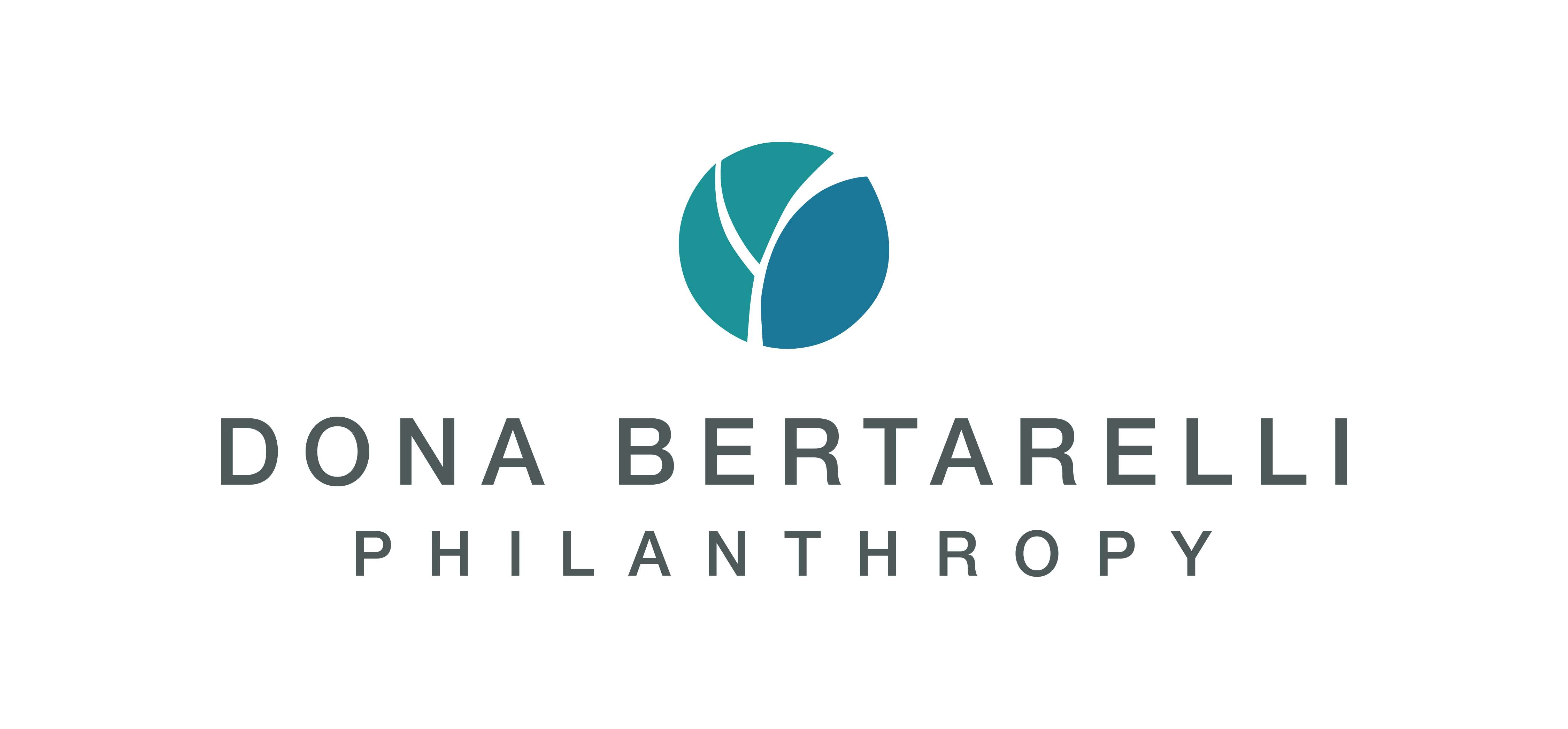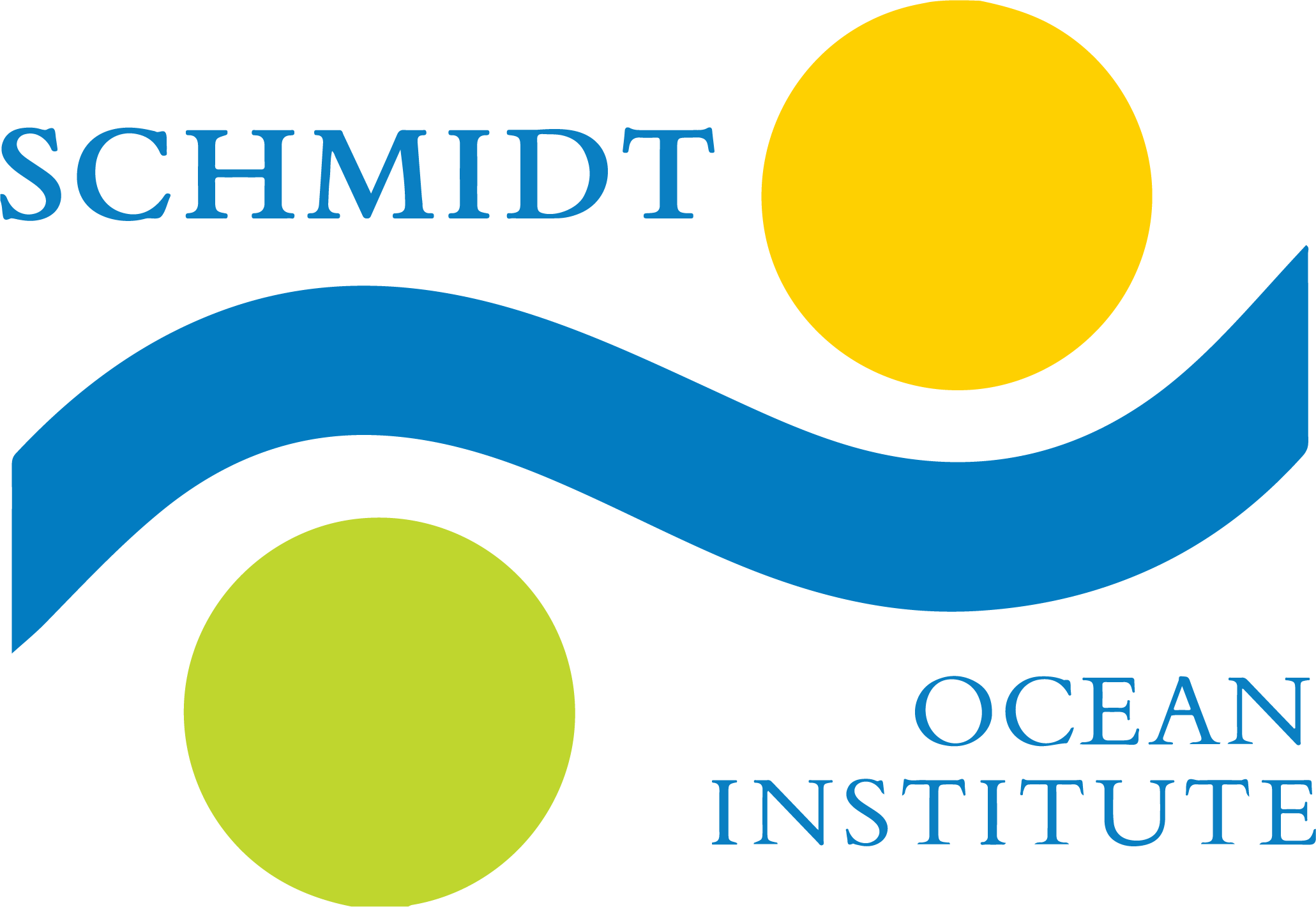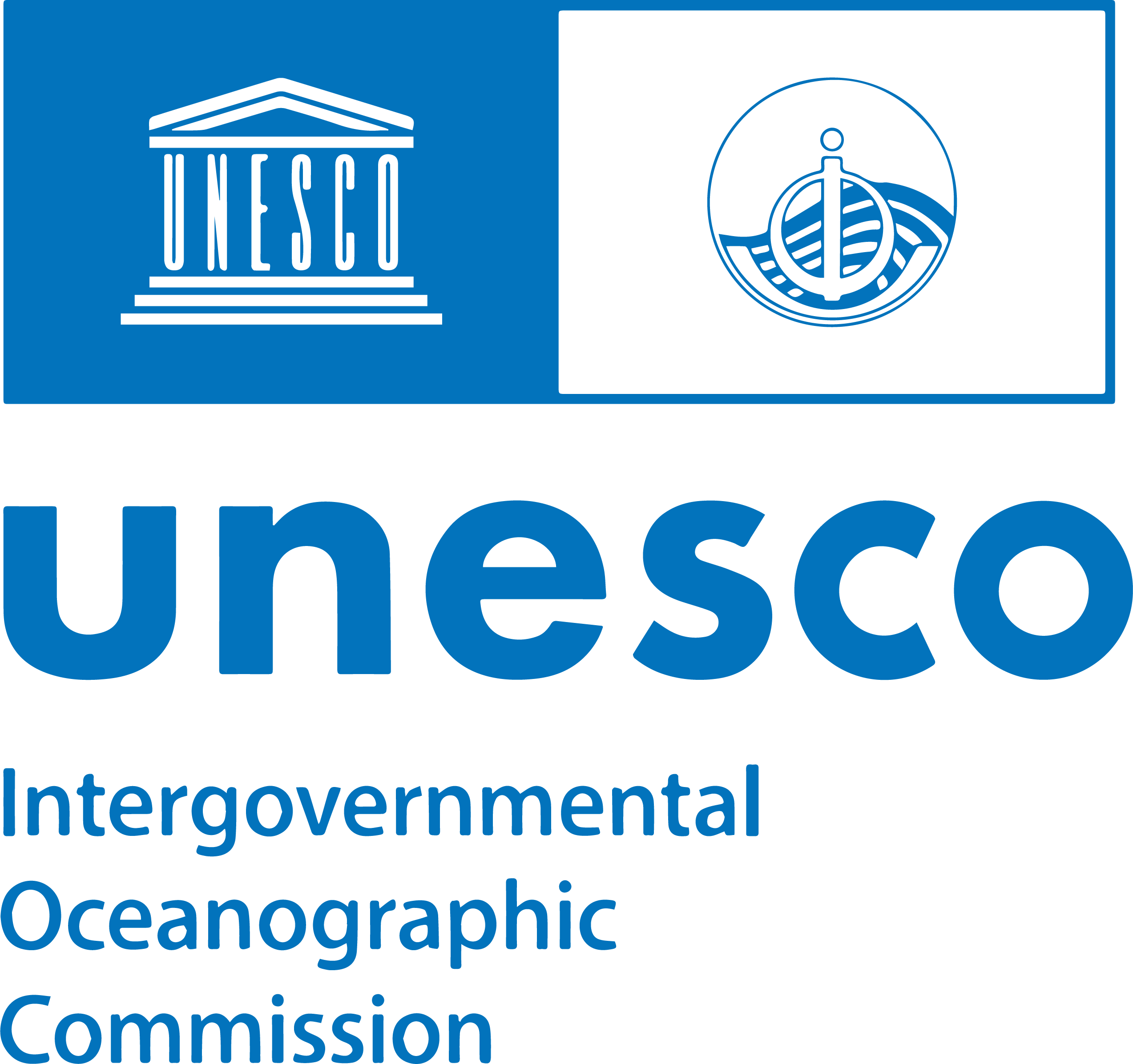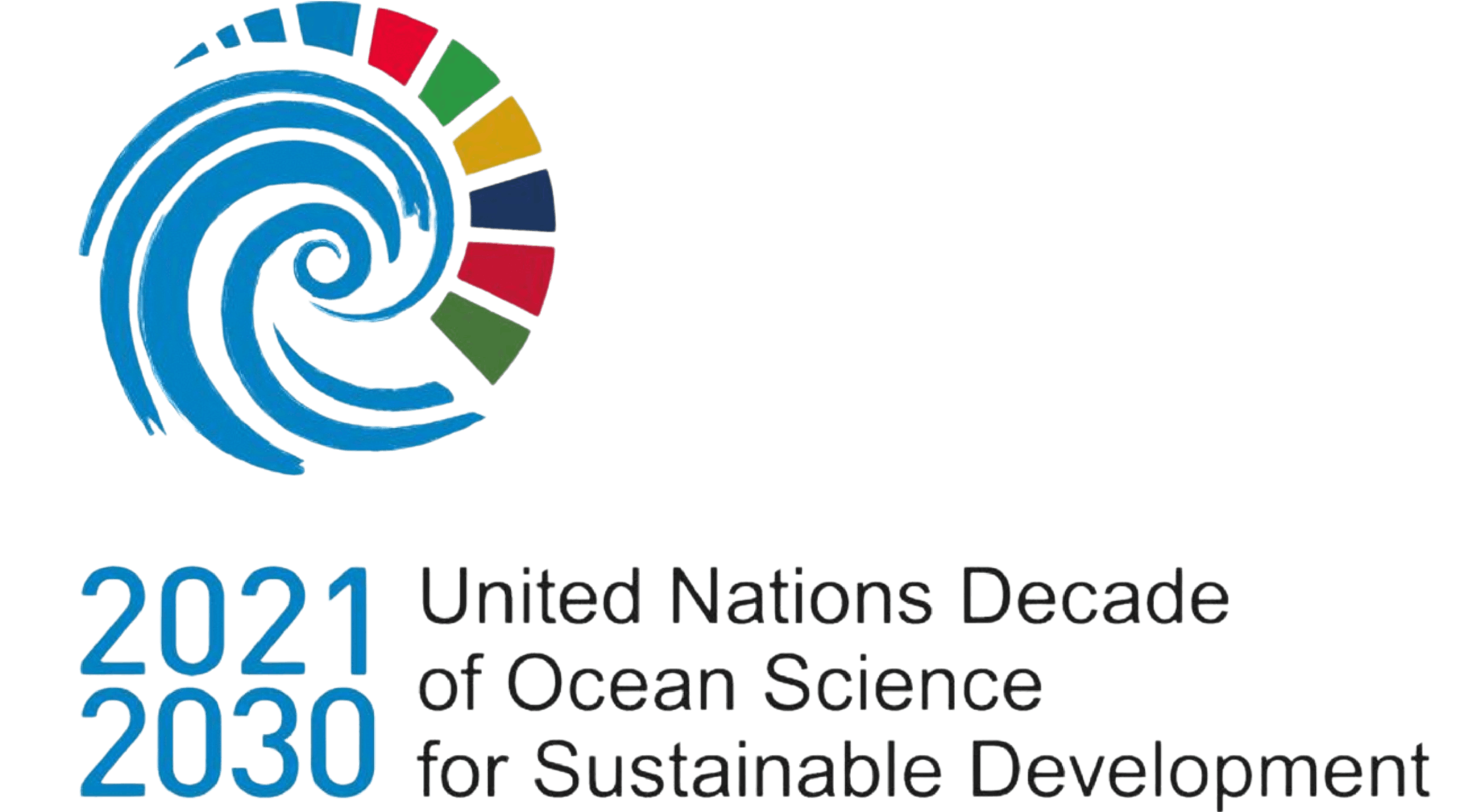Pete Malinowski knows oysters like a winemaker knows grapes. The founder of Billion Oyster Project grew up on tiny Fishers Island on Long Island Sound, the son of aquaculturists who fell into oyster farming by accident. After college, Malinowski found his way to New York City and started the Billion Oyster Project in 2014, with the goal of restoring 1 billion oysters to New York Harbor by 2035.
New York Harbor was lousy with oysters until the mid 19th century, when untreated sewage and other pollution streams started killing harbor life, including its native population of oysters. It wasn’t until the early 1970s, with the passage of legislation like the Clean Water Act, that life started creeping back into the harbor. Today the waters around New York are cleaner than they’ve been for more than 100 years, says Malinowski, which has allowed for oyster populations to thrive once again.
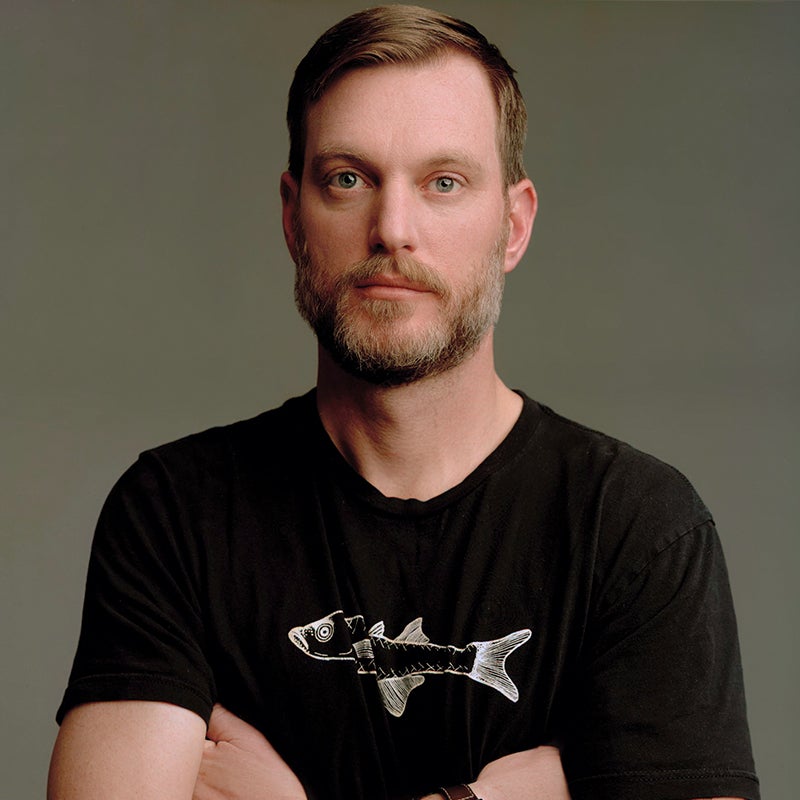
Besides being sustainable and nutritious, an adult oyster can filter as much as 50 gallons of water a day, and oyster reefs serve as natural breakwaters that reduce flooding and erosion. Oyster reefs also foster biodiversity, providing a habitat for hundreds of species. Malinowski compares them to trees in a forest, though unlike a forest, “oysters are under water, so no one sees them,” he says. “I’m trying to make New York Harbor present for more New Yorkers.”
Nautilus spoke with Malinowski about growing up surrounded by water; the resiliency of natural ecosystems; and why educating kids is a critical part of rewilding New York Harbor.
How did your family get into the oyster business?
My mom’s family started coming to Fishers Island in the 1930s. My parents moved there full-time in 1978, with a vision to start a business that didn’t have a negative environmental impact. They founded Fishers Island Oyster Farm in 1981.
They got into oysters by accident. My dad got his Ph.D. in marine biology, studying the ecology of hard clams. But around that time, all the clams in Long Island Sound died. So he got a grant to figure out a way to farm hard clams. He also worked with scallops for a while, and they accidentally ended up with oysters in one of their nets one year. It all sort of started from there.
Oysters are funny in that they don’t want to move—they’re happier in cages than clams or scallops. And at that time there weren’t a lot of small oyster farms, and the whole idea of a more expensive oyster that was hand-grown and sort of a higher value product was pretty new. We all grew up going into New York a couple times a year to go to food shows, and we’d set up a table and try the oysters. And started working directly with restaurants.
Farming is a really good vehicle for teaching. You learn so much even just trying to keep a houseplant alive.
What are some of your earliest experiences growing up on a small island in Long Island Sound?
I knew how to drive a boat before I knew how to ride a bike. The first boat that I was allowed to drive by myself was a work barge—really just a plywood raft with a six-horsepower engine on it. My brother and I were allowed to take it out around the harbor, so that’s a pretty early memory. The first time I was allowed to drive our old Boston Whaler, I almost immediately hit a rock, in full view of my parents. I tried to convince my brother not to tell them. So not only did we hit the rock, we also lied about it. And that was the end of my boating privileges for a long time.
The water between Fishers Island and Connecticut was essentially our driveway, because to get to school after seventh grade or to go to the grocery store or just see friends, you had to go across that water. I have very early memories of just going back and forth in the boat all year round. That was always super fun. It’s a spectacular piece of water and there’s always tons to see. I just remember exploring and doing a lot of fishing. That was before anyone had GPS on the boats, so you just had a compass, and if it was foggy and you had to get home, that was the only way to do it.
It sounds like a bucolic childhood. Though it must’ve been hard, too—oyster farming is not an easy business.
There were parts of it that I really, really enjoyed and parts of it that were not much fun. But looking back on it, I’m very glad that I grew up that way. Trying to start any small business is hard, and oyster farms are particularly hard. Ninety percent of American farmers don’t support themselves on their farms, so it’s a pretty rare thing to start a farm and create a business. They started it in 1981 and it took maybe 25 or 30 years till the business was really humming.
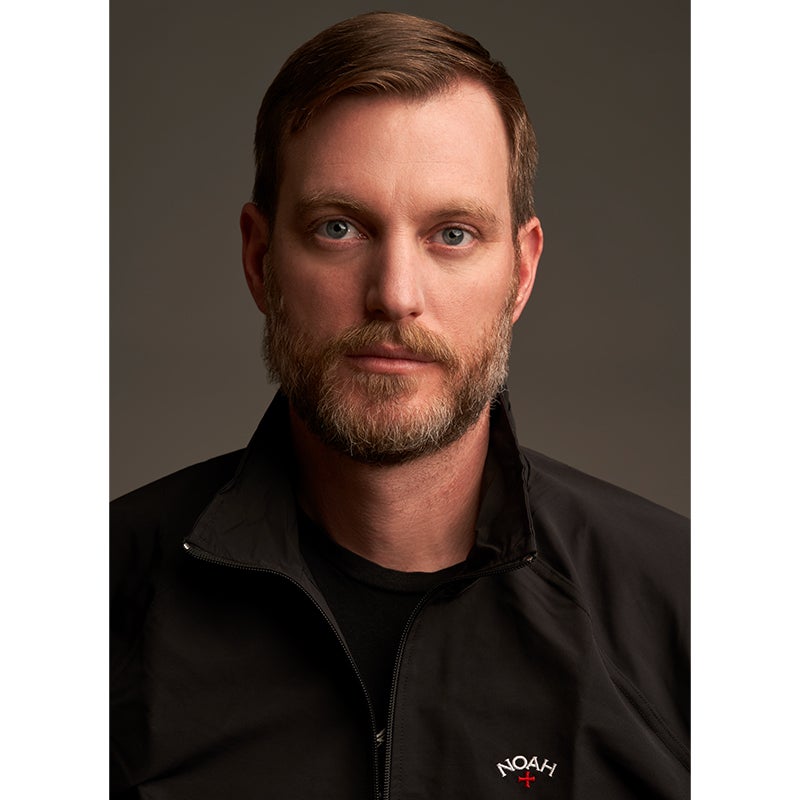
What drew you to New York Harbor restoration?
After college, a lot of my friends moved to New York City, so it just seemed like a natural thing to do. I was trying to get into teaching and deciding whether I wanted to be a teacher in New York or an oyster farmer and work with my parents. Then I met Murray Fisher, who founded Harbor School, which is a public high school dedicated to maritime experience in New York. We talked about whether it was possible to use oyster restoration as a student project of sorts. The idea of farming and hands-on learning resonated a lot with me.
I think farming is a really good vehicle for teaching. You learn so much even just trying to keep a houseplant alive. If you’re trying to farm, you have to consider all the environmental factors and life-cycle issues of the animal you’re working with. And if you’re talking about a native keystone species, you have the ecology of the local environment, the history, and so on. And, obviously, how to work and how to proactively solve problems. And it’s just a constant learning experience.
Tell me why oysters are a keystone species.
Oysters are just like the trees in a forest. You don’t think of them that way, but it’s the same with coral reef systems—without the coral, there’s no coral reef. There’s no biodiversity. Oysters used to be the landscape of New York Harbor, which stretched over hundreds of thousands of acres in a three-dimensional habitat. They provided food for all these different animals. There are over 100 species of fish that historically either lived in, found their mates in, or laid their eggs in New York Harbor oyster reefs.
We’re trying to restore a billion oysters to New York Harbor and to engage a million people in that work by 2035. By setting these goals, we’re basically saying that we must stop thinking of habitat restoration and improving public education as two separate issues. The best way to improve outcomes for both is to combine them and train students to restore the environment. Fundamentally, all of our environmental problems are people problems, so if you ignore the people around the ecosystem and try to restore New York Harbor, it won’t have a lasting impact.
How’s the restoration going?
It’s going really well. I mean, all of our restoration sites are research projects, so we’re still learning a ton. Some of the sites don’t work and all the oysters die. At others, the oysters thrive, and we see an immediate and dramatic increase in local biodiversity and the abundance of animals at every site. That’s obviously really encouraging, but it also just goes to show the sort of resiliency of natural systems: If you just create a little structure, put some live animals there, you can really bring back these communities pretty quickly. Thanks to the Clean Water Act and other environmental initiatives over the last 50 years, New York Harbor is far cleaner than it’s been since the mid-1800s.
And the first step to rewilding the harbor is oysters, because they are the keystone species, right?
That’s definitely how we think about it. But there’s a bunch of different ways to do it. We could be restoring mussels. We could be growing seaweed or stopping polluters. Those are all necessary steps. But until the general public identifies the harbor as a priority, that stuff’s going to keep happening. Every time it rains, hundreds of millions of gallons of untreated household wastewater pours right out into the harbor. And that shouldn’t be a thing. We shouldn’t stand for it. If that were happening in Central Park, we would stop it immediately. But it’s going to keep happening until enough New Yorkers decide that it’s not something they want to be a part of anymore.
If all New Yorkers knew New York Harbor like I know New York Harbor, we would stop polluting it immediately.
Can you talk a bit about your process, and how you plan on achieving full restoration?
We collect shells from restaurants and bring them out to Governor’s Island. And then we build these big wire boxes that are about the size of a coffee table and fill them with shells. They go into the tanks and we add oyster larvae that swim around and attach to the shells. And then the tanks go on to barges. We go to the site and put them on the seabed. In the last two years, we restored 30 million oysters per year. We need to get to 100 million oysters per year to get to 1 billion. And that’s what we’re figuring out now, both on the oyster side and the public engagement side.
The two key things that make Billion Oyster Project unique is the fact that we are operating in a huge city, and that we involve people, specifically young people, in every aspect of our work. Alongside those oysters going in the water, we’re training public school teachers to teach about oyster restoration. We’re giving them the tools and the curricula they need. We’re building field stations around the harbor, so the general public can participate in oyster restoration that way. We’ve had exhibits at the New York Aquarium, MoMA PS1, and the Brooklyn Children’s Museum.
We’re trying to make the harbor present for more New Yorkers. And it’s by far the biggest open space in the city. It’s full of animals. It’s the only open space that has any potential to be a wild, natural place. Obviously Central Park and Prospect Park are wonderful, but those are manicured spaces. You can rewild the harbor in a way that you can’t on land. If all New Yorkers knew New York Harbor like I know New York Harbor, we would stop polluting the harbor immediately. There would be eco-tours happening all the time. Even now it’s a real bountiful place, and most New Yorkers don’t think of it that way.
How do you inspire people to think of it that way?
Well, I think it’s awareness and affinity, right? We say that the best way to build awareness and affinity for something is to participate in making it better. Our messaging to students is, we need your help. Can you please help us solve these complex problems? We don’t know the best way to restore oysters in the harbor. We’re ready, willing, and excited to hear from an 11-year-old from a public school in New York City, to learn something cool with the oysters that they’re growing, that we can use on the restoration side.
People don’t engage with the ocean the way they do parks. That’s what we’re trying to do with Nautilus Ocean. On one hand, we’re trying to tell these amazing stories about the ocean. And on the other hand, we’re trying to mobilize our readers to act on their enthusiasm. In many ways it seems you’re doing the same kind of thing.
And unlike parks, it’s also hard to access the ocean. It can be expensive and it’s not available to everybody. That’s the interesting thing about working in New York: It’s all right here. Most streets in New York end at the water’s edge. And you can see so much wildlife, too. There’s one place in the Arthur Kill between Staten Island and New Jersey where I can go and see ospreys pulling fish out of the water. It’s rare to see it happen. But in New York City, it’s easy.
Many people don’t really think of New York as an ocean city. What’s the condition of the harbor these days?
Almost all the harbor is technically swimmable and fishable most days of the year. Unless you’re within a day or two of rain, it’s safe to swim in New York Harbor. It’s safe to eat the fish, too. And so that’s a huge deal. Even in the last 15 years, since I’ve been working in the city, we’ve seen a pretty dramatic change in the diversity of animals we find on our oyster gear and our oyster reefs. I think everything is coming back. It just takes a while. You can see seals again, dozens of them, all winter long.
How many schools are you working with now?
About 100 schools. Our policy is that we don’t say no to anyone who wants to participate. But we do all our outreach to high-need schools, where more than 65 percent of students qualify for free or reduced lunch. And that’s our target audience. But we also have independent schools that participate in our programs, and that’s great. More affluent schools are going to have more flexibility in their curricula. They’re going to have more resources and more funding to do cool stuff. So if we design all of our interventions for the highest needs schools in the city, then we’re making something that all schools can use.
How do you go about inspiring a kid to get involved in this? I mean, do any of them want to get into the business?
If you’re responsible for the well-being of those animals, it’s a strong hook. And when you pull the oyster cage up and you find seahorses and eels and fish and shrimp and crabs all popping off the cage, that’s a pretty dramatic experience for someone who never thought of there being animals under the water in the harbor. I don’t think it takes much to inspire somebody once you provide access to that opportunity.
Do you have a favorite experience in New York Harbor? Something that’s really knocked your socks off.
By far my favorite thing to see, which I’ve seen hundreds of times, is a student identify the harbor as theirs. At first, they’re sort of timid and scared, and then they transition to the point where they feel ownership over the resource. That’s really exciting. And the other fun thing is when you watch a random grown-up talking to a student and you see the grown-up begin to realize the student knows way more than they do about all these complex things. For me, that will never get old. ![]()
Timothy Greenfield-Sanders is a Grammy winning and Emmy nominated film director. He has achieved critical acclaim photographing world leaders and major cultural figures, including presidents, writers, artists, actors, and musicians. Greenfield-Sanders’ photographs are in numerous museum collections including the Museum of Modern Art, The National Portrait Gallery, the Museum of Fine Arts, Houston and The Brooklyn Museum.
Lead image: f11photo / Shutterstock















